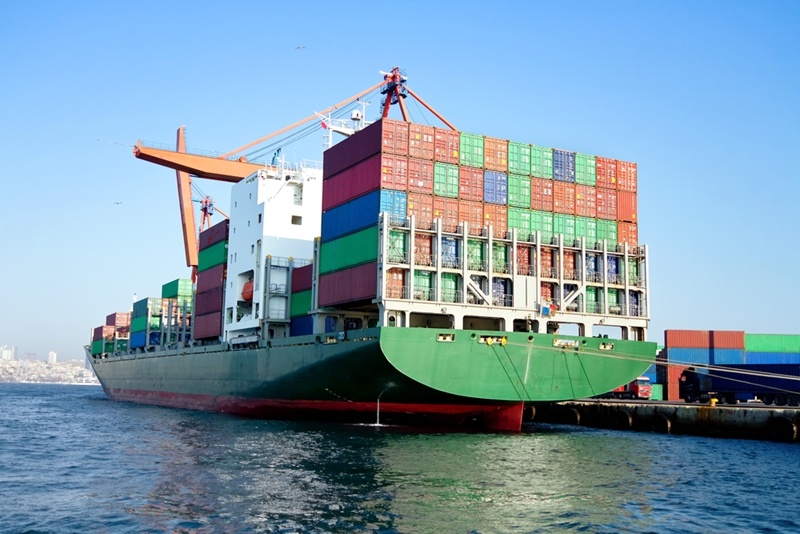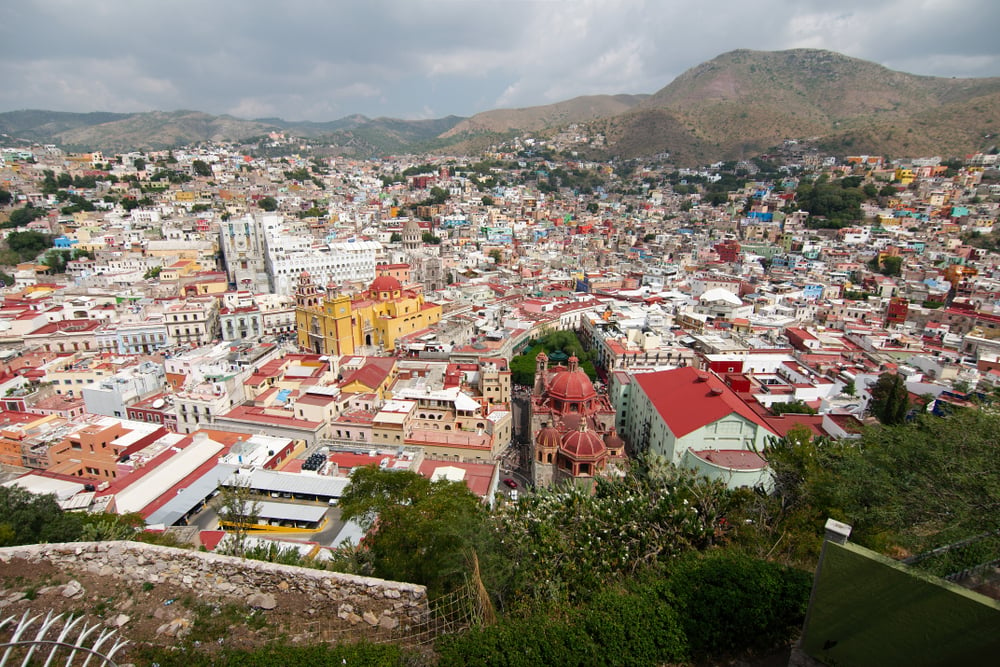What is the true "all-in" cost of manufacturing in Mexico? There is plenty to tabulate when making the decision about whether and where to set up shop in Mexico, including your projected expenses for transportation, energy, raw materials and especially labor.
Labor, Education and Turnover
Over the last decade plus, Mexico has become an increasingly appealing destination for manufacturers. An early 2016 report from Bank of America Merrill Lynch revealed that hourly manufacturing wages in Mexico were 40 percent lower than in China when expressed in U.S. Dollars. As recently as 2003, they had been more than 183 percent higher.
It is also important to note how currency fluctuations affect these numbers and account for these trends as you plan. For example, the Mexican Peso has declined by over 50 percent against the USD since 2013, reducing the country's hourly minimum wage from roughly $6 to $4 in that time span. Given the mostly stable conversion rate between the Chinese Renminbi and the USD (the result of years of dollar pegging), massive and likely counterproductive currency devaluation from China would be needed to close the competitive gap with Mexico.
Skilled labor costs entail more than just wages, of course. Manufacturers must also consider the education levels and absenteeism rates of their workers. In Saltillo, the abundance of nearby educational institutions, such as the Universidad Autonoma de Coahuila, provides the foundation for a skilled workforce ideal for advanced manufacturing.
"Manufacturers must also consider the education levels and absenteeism rates of their workers."
As an interior location where many workers live, Saltillo also has some protection against the high turnover rates typical of border maquiladoras. This is a big cost saver. A paper from the Journal of CENTRUM estimated that each vacated manufacturing position in Mexico cost approximately $2,400 to fill.
Shipping, Transportation and Energy
At the turn of the century, it was not much more expensive to ship a 40-foot container from China to the U.S. than it was to do the same from Mexico to the U.S., despite the huge difference in distance. Cheap crude oil was the reason: Inflation-adjusted, a barrel only cost around $20 back then.
Flash forward to 2016, and years of volatility in the oil markets have again made it much more cost-effective to ship from Mexico. JPMorgan Chase estimated that the associated costs for shipping from Mexico were less than half of those for China, in addition to being >much shorter in duration. In a city like Saltillo, such cost-effective transportation is the reality on the ground. The city is close to the NAFTA Highway, as well as interlinked with the national rail system and close to Monterrey International Airport, which has many international flights to the rest of North America.
 The cost of shipping has risen in recent years alongside the price of crude oil.
The cost of shipping has risen in recent years alongside the price of crude oil.Speaking of NAFTA, Mexico has many other free trade agreements with countries around the globe, which may help defray some of your costs depending on where you are located. As of 2016, Mexico had 13 free trade agreements in force and another (the Trans-Pacific Partnership) pending, altogether governing relations with more than 40 countries. It is one of the most open countries for trade in the world.
Infrastructure, Electricity and Connectivity
Day-to-day utilities such as building maintenance, electrical power and telecommunications (i.e., phone/internet) are often overlooked when calculating the total cost to manufacture in Mexico. All the same, they are unavoidable and must be taken into account.
Depending on the city, internet access in Mexico can be expensive compared to the U.S. despite slow data rates. Moreover, electricity has also historically been pricey across Mexico because of relatively limited capacity and monopolization of the grid. Recent reforms have taken steps to address this issue by increasing private participation in the electrical system and the expanding electrical infrastructure. It is still a good idea to know where your power is coming from and what you are paying relative to other sites around Mexico. Your all-in costs in Mexico will be based on many numbers, including wages, shipping expenses and electric bills, and the calculations may seem overwhelming at first.
Subscribe
Sign up and stay informed with tips, updates, and best practices for manufacturing in Mexico.






